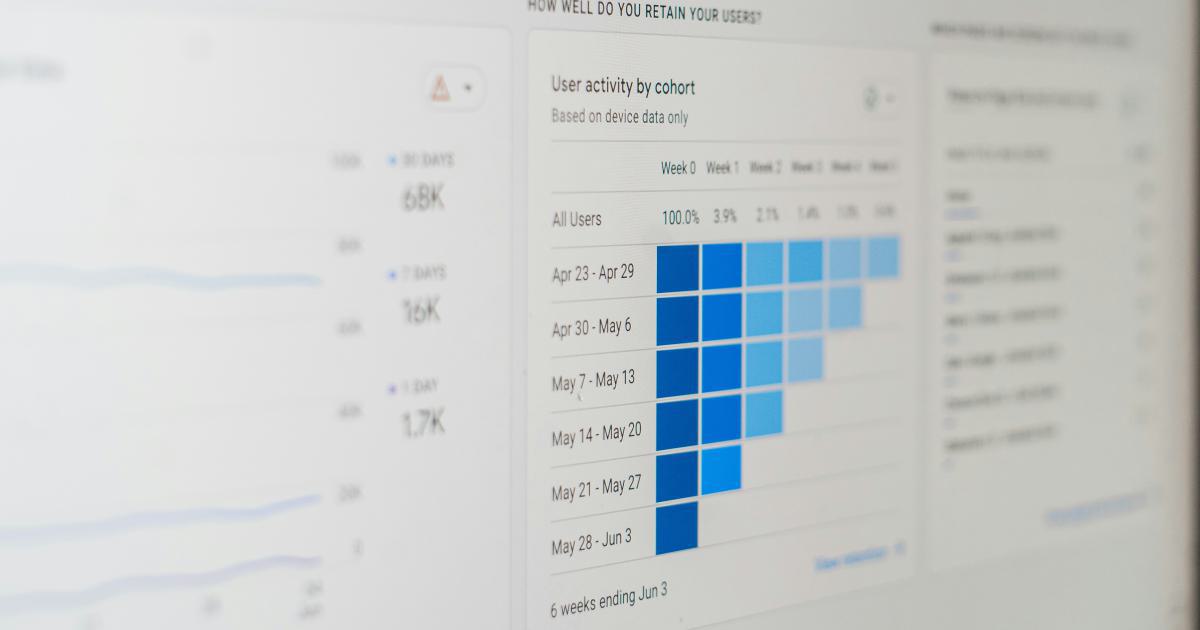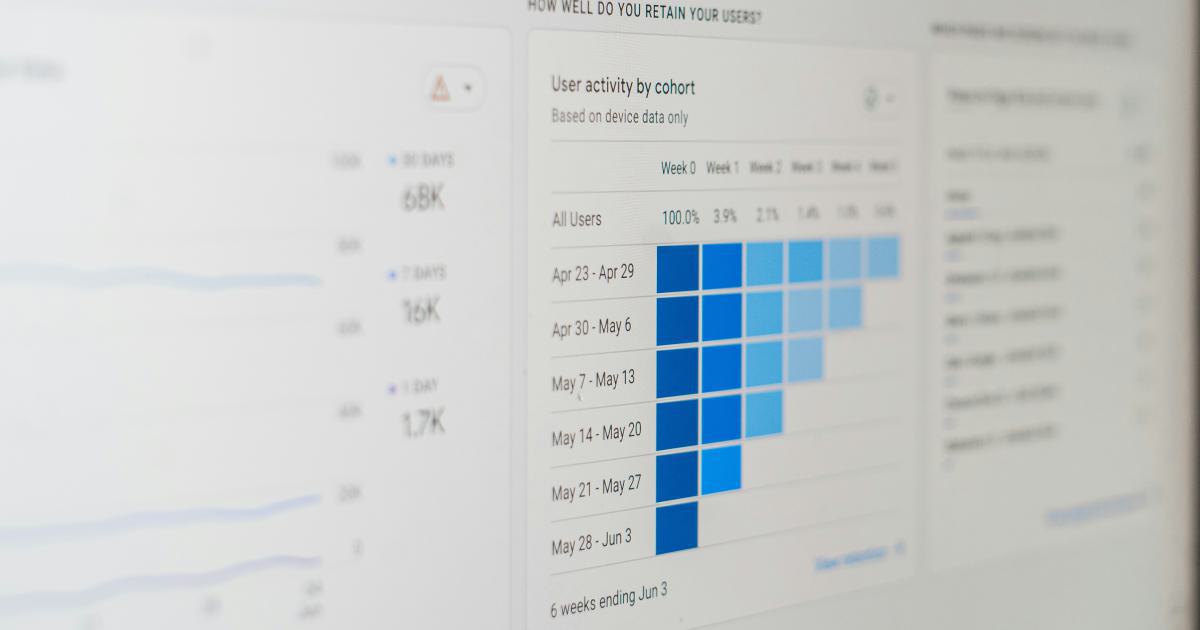12 Eye-Opening Strategies Using Roll-up Reporting in Analytics


Introduction to Roll-up Reporting
Roll-up reporting is a powerful analytical technique that allows you to aggregate data from multiple sources or levels of detail into a single, consolidated view. This approach is particularly useful for gaining high-level insights and identifying trends across complex data sets. By rolling up granular information into summarized reports, you can make more informed decisions, spot emerging patterns, and optimize your business strategies.
In the world of data analytics, roll-up reporting has become an essential tool for professionals seeking to extract meaningful insights from vast amounts of information. Whether you're managing a multi-location business, analyzing marketing campaign performance, or monitoring financial metrics, roll-up reporting can provide a clear, concise overview that supports strategic decision-making.
In this comprehensive article, we'll explore 12 eye-opening strategies for leveraging roll-up reporting in your analytics efforts. From streamlining data visualization to enhancing cross-functional collaboration, these techniques will empower you to derive maximum value from your data and drive sustainable business growth.
Understanding the Benefits of Roll-up Reporting
Before delving into the specific strategies, let's first examine the key benefits of using roll-up reporting in your analytics workflows.
1. Improved Decision-Making
By consolidating data from various sources into a single, high-level report, roll-up reporting provides a clear, holistic view of your business performance. This enables you to identify trends, patterns, and outliers more easily, allowing you to make informed, data-driven decisions that align with your organizational goals.

2. Enhanced Visibility and Transparency
Roll-up reporting enhances the visibility and transparency of your data, making it easier for stakeholders to understand the big picture. This increased transparency can foster better collaboration, alignment, and accountability across your organization.

3. Time-Saving and Efficiency
Instead of manually compiling and reconciling data from multiple sources, roll-up reporting automates the consolidation process, saving you valuable time and resources. This efficiency allows you to focus on analyzing insights and taking action rather than on data gathering and manipulation.

4. Scalability and Adaptability
As your business grows and your data needs become more complex, roll-up reporting can scale to accommodate larger and more diverse data sets. This adaptability ensures that your analytics capabilities remain robust and relevant, even as your organization evolves.

5. Improved Communication and Collaboration
By presenting data in a concise, easy-to-understand format, roll-up reporting facilitates better communication and collaboration among stakeholders. This can lead to more informed discussions, faster decision-making, and a shared understanding of your organization's performance.

Now that we've covered the key benefits of roll-up reporting, let's dive into the 12 eye-opening strategies you can implement to maximize its impact.
12 Eye-Opening Strategies Using Roll-up Reporting in Analytics
1. Consolidate KPIs and Metrics Across Departments
One of the most powerful applications of roll-up reporting is the ability to consolidate key performance indicators (KPIs) and metrics from different departments or business units. This allows you to get a comprehensive, cross-functional view of your organization's performance, enabling you to identify interdependencies, spot potential bottlenecks, and make more informed decisions.

2. Streamline Financial Reporting and Analysis
Roll-up reporting is particularly useful for financial reporting and analysis, as it allows you to aggregate data from multiple sources, such as general ledgers, accounts receivable, and accounts payable, into a single, cohesive report. This can greatly simplify the financial close process, improve the accuracy of financial statements, and provide a clear picture of your organization's financial health.

3. Monitor and Analyze Marketing Campaign Performance
By rolling up data from various marketing channels and campaigns, you can gain a holistic understanding of your marketing efforts. This can help you identify the most effective campaigns, optimize your marketing mix, and make data-driven decisions to improve your overall marketing strategy.

4. Assess and Optimize Operational Efficiency
Roll-up reporting can be a valuable tool for monitoring and improving operational efficiency. By consolidating data from different operational areas, such as production, logistics, and supply chain, you can identify bottlenecks, optimize resource allocation, and streamline your overall operations.

5. Enhance Sales Forecasting and Planning
Roll-up reporting can greatly improve the accuracy of your sales forecasting and planning processes. By aggregating data from your sales teams, customer relationship management (CRM) systems, and other relevant sources, you can identify trends, anticipate demand, and make more informed decisions about resource allocation, inventory management, and strategic planning.

6. Streamline HR and Talent Management Reporting
HR and talent management professionals can leverage roll-up reporting to consolidate data from various sources, such as employee records, performance reviews, and training programs. This can help them identify top performers, analyze workforce trends, and make more informed decisions about talent development, succession planning, and employee engagement.

7. Monitor and Optimize Inventory and Supply Chain Management
In the world of supply chain and inventory management, roll-up reporting can be invaluable. By consolidating data from your warehouse management system, enterprise resource planning (ERP) software, and other related sources, you can gain a comprehensive view of your inventory levels, supplier performance, and logistics operations, enabling you to optimize your supply chain and minimize risks.

8. Enhance Customer Relationship Management (CRM) Insights
Roll-up reporting can be a game-changer for your CRM efforts. By aggregating data from your CRM system, sales records, customer service logs, and other relevant sources, you can gain a deeper understanding of your customer base, identify emerging trends, and make more informed decisions about customer acquisition, retention, and personalization.

9. Improve Project Management and Resource Allocation
Roll-up reporting can be a valuable tool for project managers, allowing them to consolidate data from multiple projects, teams, and resources into a single, cohesive view. This can help them identify resource bottlenecks, optimize workloads, and make more informed decisions about project prioritization and resource allocation.

10. Monitor and Optimize Digital Marketing Performance
In the digital age, roll-up reporting is essential for tracking and optimizing the performance of your online marketing efforts. By consolidating data from your website analytics, social media platforms, email marketing campaigns, and other digital channels, you can gain a comprehensive understanding of your digital marketing performance and make data-driven decisions to improve your overall digital strategy.

11. Enhance Risk Management and Compliance Reporting
Roll-up reporting can be a powerful tool for risk management and compliance reporting. By aggregating data from various sources, such as financial records, operational logs, and regulatory filings, you can identify potential risks, monitor compliance, and make informed decisions to mitigate and manage those risks.

12. Support Strategic Decision-Making and Data-Driven Insights
Ultimately, the overarching benefit of roll-up reporting is its ability to support strategic decision-making and provide data-driven insights. By consolidating data from across your organization, you can gain a holistic understanding of your business performance, identify opportunities for growth and improvement, and make more informed decisions that align with your overall business strategy.

Conclusion
Roll-up reporting is a powerful analytical technique that can transform the way you approach data analysis and decision-making. By leveraging the strategies outlined in this article, you can unlock new levels of visibility, efficiency, and insight, empowering you to drive sustainable growth and success for your organization.
Remember, the key to effectively implementing roll-up reporting is to start with a clear understanding of your business objectives and data requirements. Continuously refine your reporting processes, collaborate with cross-functional teams, and stay adaptable to the evolving needs of your organization.
Embrace the transformative power of roll-up reporting, and watch as your analytics capabilities soar to new heights.